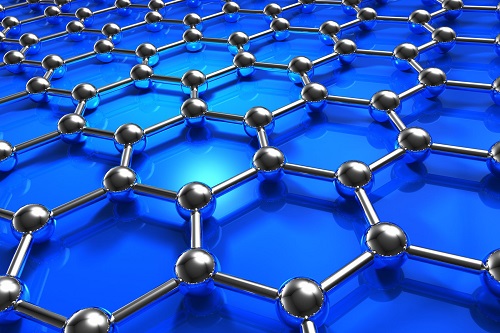Polymers have for too long been a fundamental piece of our everyday lives so much so that examples can be found almost ubiquitously. We have the feeling which leads us to trust that polymers are merely plastics utilized for packaging, in household objects as well as making fibres, however, this is just the tip with the iceberg.

Polymers are used in many applications you may not have thought much about. This site enlightens you regarding the story behind polymers and how it has evolved ever since to offer several functions across quite a few industries.
Origin of polymer science
Humans took good thing about the flexibility of polymers since way back when as oils, tars, resins and gums. However, it had not been prior to the industrial revolution the polymer industry developed. In fact, the birth of polymer science could be traced time for the mid-nineteenth century. In the 1830s, Charles Goodyear developed the vulcanization procedure that transformed the sticky latex of natural rubber in to a useful elastomer for tire use. In 1909, Leo Hendrik Baekeland developed a resin from two very common chemicals, phenol and formaldehyde. The response between these two chemicals led the way to add mass to a resin, called Bakelite, named after him. It turned out this resin that served as a harbinger to numerous with the common polymers we use today. The word “polymer” comes from the Greek roots “poly” and “mer,” which assembled means “many parts.” Polymeric substances are comprised of several chemical units called monomers, which can be joined together into large molecular chains composed of a large number of atoms.
Classification of polymers
On the basis of their origin, acrylic sheet may be regarded as synthetic or natural polymers. Natural polymers are those polymers that exist in nature which which can be isolated from plant and animal resources. Starch, cellulose, proteins, natural rubber etc. are some samples of natural polymers. Though they’re processed to find the end product, since the basic material develops from a natural source, these polymers are termed as natural polymers. Natural rubber via tree latex is essentially a polymer made from isoprene units using a small percentage of impurities inside it.
Within this context, biopolymers are also significant. There’s vast number of biopolymers such as polysaccharides, polyesters, and polyamides. These are naturally manufactured by microorganisms. The genetic manipulation of microorganisms makes method for enormous possibility of the biotechnological manufacture of biopolymers with tailored properties well suited for high-value medical application such as tissue engineering and drug delivery.
Synthetic polymers, his or her name indicates, are synthesized inside the laboratory or factory via a group of chemical reactions from low molecular weight compounds. From your functional point of view they could be classified into four main categories: thermoplastics, thermosets, elastomers and artificial fibres. Polymethyl methacrylate (PMMA) is but one such thermoplastic manufactured by the polymerization with the monomer, methyl methacrylate (MMA). PMMA is usually generally known as acrylic plastic and lends its properties with a selection of consumer product applications. Being both a thermoplastic and transparent plastic, acrylic is used extensively inside the automotive industry in trunk release handles, master cylinder, and dashboard lighting. Consumer items that use a constituent part of acrylic plastic include aquariums, motorcycle helmet lenses, paint, furniture, picture framing, and umbrella clamps, among others.
Some of the other synthetic polymers we use in us include Nylons, employed in fabrics and textiles, Teflon, employed in non-stick pans and Polyvinyl Chloride, employed in pipes.
Being a leading manufacturer of SUMIPEX® PMMA polymer, Sumitomo Chemical is satisfied to help you to understand its properties as a synthetic polymer. To understand more, find us here.
More information about acrylic sheet see our web page: visit here

